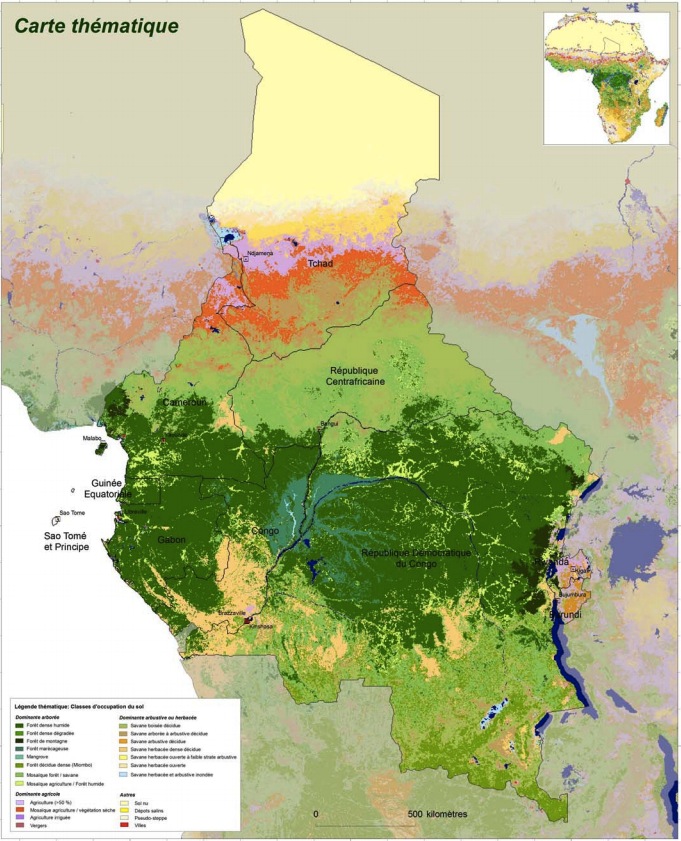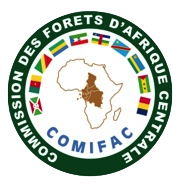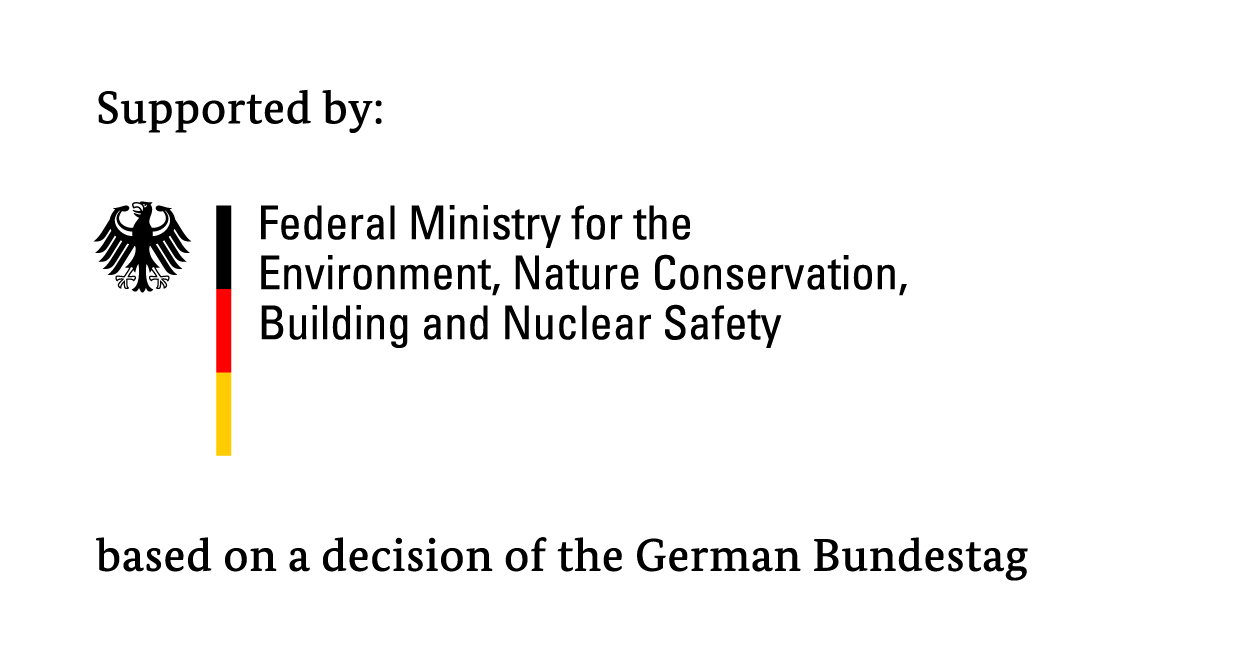
REDD-PAC: Focus on the Congo Basin
Vision
The Congo Basin is the second largest tropical moist forest in the world after the Amazon basin. Because the ecosystems of the Congo Basin forest have not yet suffered the damage observed in many other regions of the world, they are quite well preserved along with an extraordinary biodiversity.
This is due to a low impact of the development policies implemented for a long time and, since almost a couple of decades, the adoption and effective implementation of policies and practices for a sustainable forest management. The Congo Basin countries are therefore referred to as "high forest cover, low deforestation" countries. While the total forest of the ten COMIFAC member countries is around 227 million ha (FAO, 2005), the rate of net deforestation in the Congo Basin is estimated at 0.17% per year during 2000 and 2005 (FAO, 2010).

In the Congo Basin, past deforestation was mainly driven by fuel wood collection for cooking and subsistence farming. Shifting agriculture is widespread and results in mosaic landscapes where forests in different stages of secondary growth dominate. However, this situation which is characterized by low historical rates of deforestation is most likely to change because of increasing pressures from a variety of forces, including road development, agribusiness, oil and mineral extraction, wood exports, and population growth.
Although the REDD+ process is currently being implemented at a different speed in the Congo Basin countries, COMIFAC countries follow a common strategy for the development and implementation of programs for forest and biodiversity conservation. This strategy is described in the Convergence Plan endorsed by COMIFAC. This plan identifies ten strategic areas, including harmonization of forest and taxation policies, management of ecosystems and reforestation, biodiversity conservation, sustainable valorization of forest resources.
Furthermore, all ten COMIFAC countries are signatories to the Convention on Biological Diversity (CBD) and most of them to the Kinshasa Declaration on Great Apes, implemented through the UN-led GRASP (Great Apes Survival Partnership).Exploring the implications of different REDD+ policies can support the development of sound Congo Basin REDD+ policies that contribute to economic development, meeting the CBD Aichi targets, and great apes conservation.
In the project, a set of policy scenarios will be assessed at the Congo Basin region level and at the national level for the following countries: Democratic Republic of the Congo, Republic of the Congo, Central African Republic, and Cameroon. In the national assessments, the representation of the deforestation and forest degradation processes will be improved, the spatial scale will be fine-tuned, and national policies and legal contexts will be taken into account.

International Institute for Applied Systems Analysis

National Institute for Space Research - Brazil

Commission des forets d'Afrique Centrale/Central African Forests Commission

United Nations Environment Programme World Conservation Monitoring Centre

Instituto de Pesquisa Econômica Aplicada

Germany International Climate Initiative
